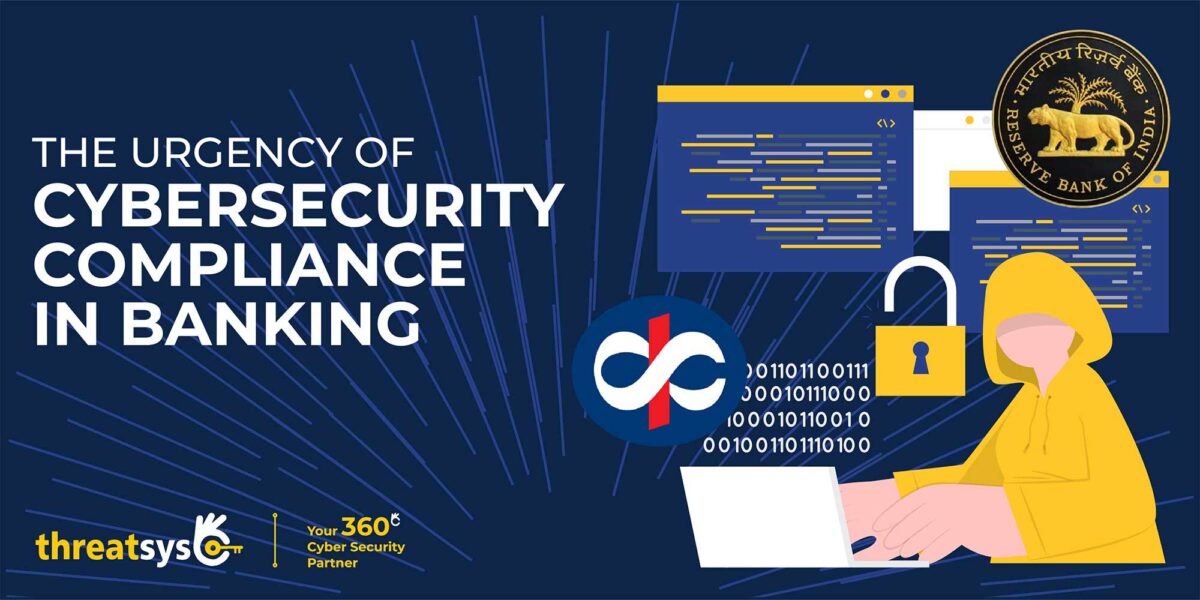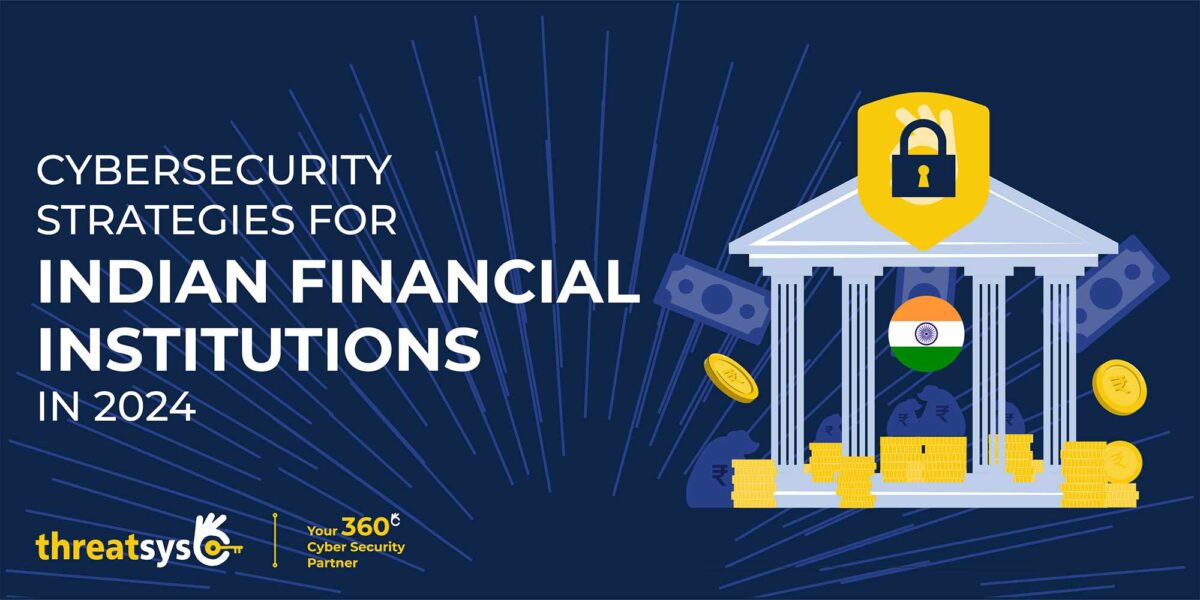A Smurf attack is an attack that exploits the vulnerabilities of Internet Protocol (IP) broadcast addresses to overpower a targeted system with a flood of internet traffic. It is a type of Distributed Denial of Service (DDoS) attack. The term “smurf” originates from the malicious software used to launch these attacks.
Here in this article, we will discuss the dangers of Smurf attacks, the process to detect them & how to safeguard your organization from this. As a reputable and well-known cyber security consulting partner of India Threatsys can help you in taking the necessary actions. To learn how we can support you with cyber security compliance, contact us right now.
“Prevention is always better than cure.”
What is a Smurf Attack?
In a Smurf attack, a large number of Internet Control Message Protocol (ICMP) packets are transmitted to a broadcast address. Network devices use these broadcast addresses to send data to all hosts on a subnetwork.
The attacker sends a large number of ICMP Echo Request packets (ping packets) with a forged source IP address. So, always remember these can easily match the target’s IP address. In turn, the broadcast address sends huge Echo Reply packets (pong packets) back to the target. Echo Reply packets overwhelm it with traffic & causing a denial of service. The result is the targeted system is flooded with a large amount of traffic, causing it unavailable to legitimate users.

Are you thinking about how you can be safe from Smurf Attack? We’re here to support you. Contact our team of specialists at Threatsys so that we may expose dangers before they attack your organization. Threatsys is the One & only CERT-in-associated Cyber Security Company in Odisha.
Detection
The foremost step to save your organization from a Smurf attack is to detect it. Smurf attacks can be hard to catch as they often originate from multiple sources.
Find several indications that show the Smurf attack is in progress. These include:
- High traffic volume: A sudden increase in traffic volume on your network can indicate a Smurf attack.
- Increased latency: The increased traffic can cause increased latency, making the network slower and less responsive.
- Increased error rate: The increased traffic can also cause an increase in the error rate on your network.
- Unusual network behaviour: Any unusual network behaviour, such as dropped packets or increased broadcast traffic, can indicate a Smurf attack.
Protection
Once you have detected a Smurf attack, it’s essential to take action. The following measures can assist you to stop a Smurf attack:
- Configure your firewall: Your firewall should be configured to stop incoming ICMP Echo Request packets from broadcast addresses.
- Disable IP broadcast: If your network devices support it, disabling IP broadcasts can control Smurf attacks.
- Use anti-DDoS software: Anti-DDoS software can assist with saving your organization from Smurf attacks by screening malicious traffic.
- Monitor your network: Regularly scanning your network for unusual traffic patterns can assist you to find Smurf attacks before they cause significant harm.
- Keep software and systems up-to-date: Keeping your software and systems up-to-date with the latest security patches can help prevent Smurf attacks by closing any vulnerabilities that attackers may exploit.
- The Importance of Network Segmentation: Network segmentation involves separating your network into smaller subnetworks, with their unique broadcast domain. It creates more difficulties for an attacker to launch a Smurf attack. Additionally, network segmentation can also help limit the damage. If an attacker can launch an attack, it will only impact one segment of your network, rather than your entire network. It will minimize the disruption to your organization and reduce downtime.
- Implementing Access Control Lists: Access Control Lists (ACLs) are a set of rules. It defines what traffic is allowed to join or leave a network. By enforcing ACLs, you can limit incoming traffic from broadcast addresses & limit the number of Echo Reply packets that reach your network. Additionally, ACLs can also help protect your network from other types of attacks, such as IP spoofing and Man-in-the-Middle (MitM) attacks.
- Incorporating Intrusion Detection Systems: Intrusion Detection Systems (IDS) monitor network traffic for indications of an attack & alert administrators if an attack is noticed. The two main types of IDS are Network-based and host-based. Network-based IDSs monitor network traffic and alert administrators if an attack is detected. Host-based IDSs run on separate devices and alert administrators if an attack happens.
By incorporating an IDS into your protection plan, you can quickly catch a Smurf attack and take action to stop it from causing harm to your organization.
How we can help
Threatsys Cyber Security Testing Services guarantees your safety by leveraging cutting-edge security technologies and experts that can spot vulnerabilities and remove threats from systems while utilizing cutting-edge features. Connect now with Threatsys the No. 1 Cyber Security company in Bhubaneswar which can help you succeed in the Race condition vulnerability and help you stay ahead in the security race.

In conclusion, Smurf attacks can cause significant harm to your organization if left unchecked. By detecting these attacks, configuring your firewall, using anti-DDoS software, monitoring your network & keeping your systems up-to-date, you can protect your organization from Smurf attacks and ensure that your network remains secure.
“A stitch in time saves nine.”
Stay ahead of the game and protect your organization from Smurf attacks. Don’t wait for an attack to occur, take preventive measures today.

Increase your preparedness,
Solidify your security stance





